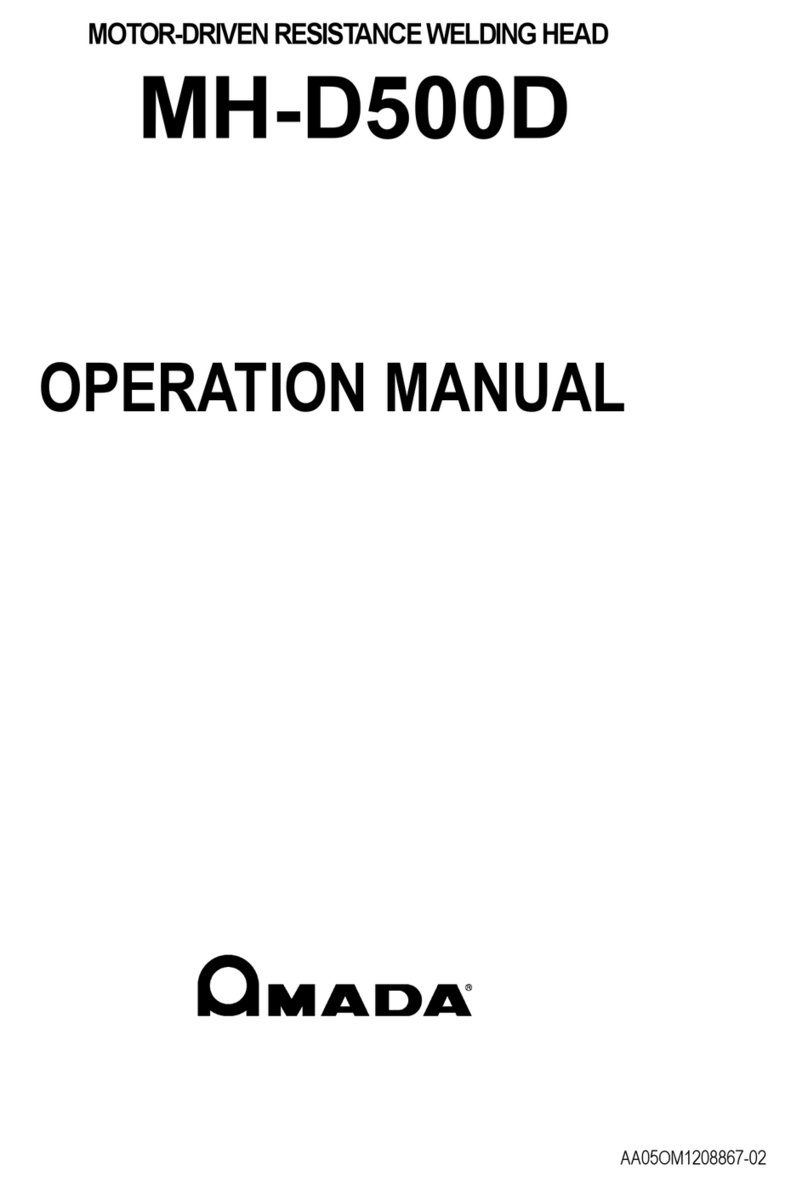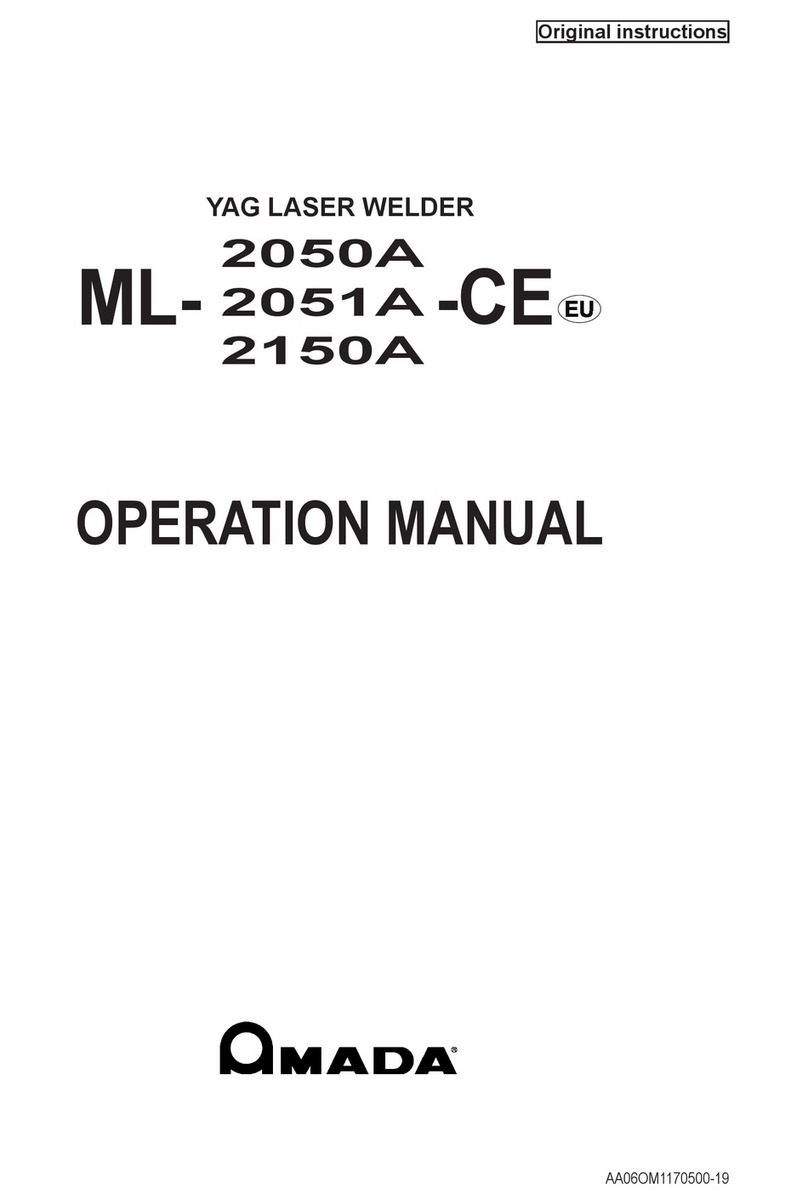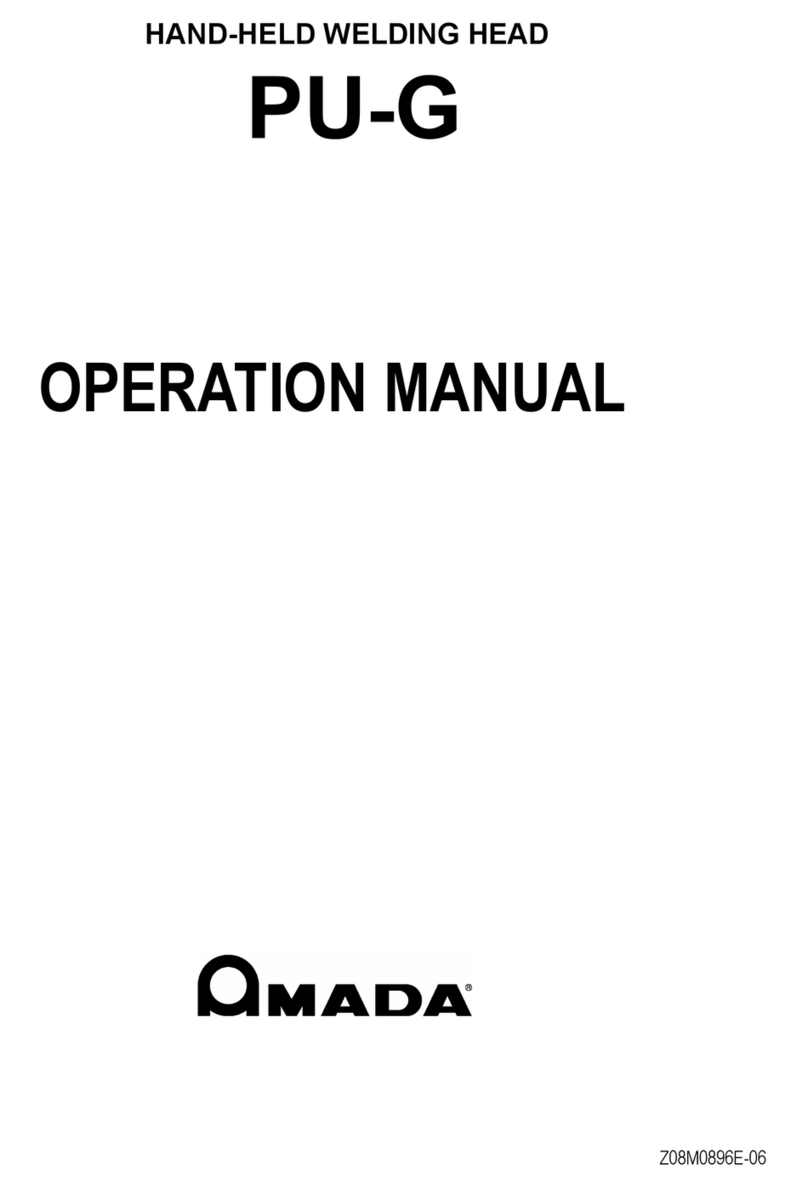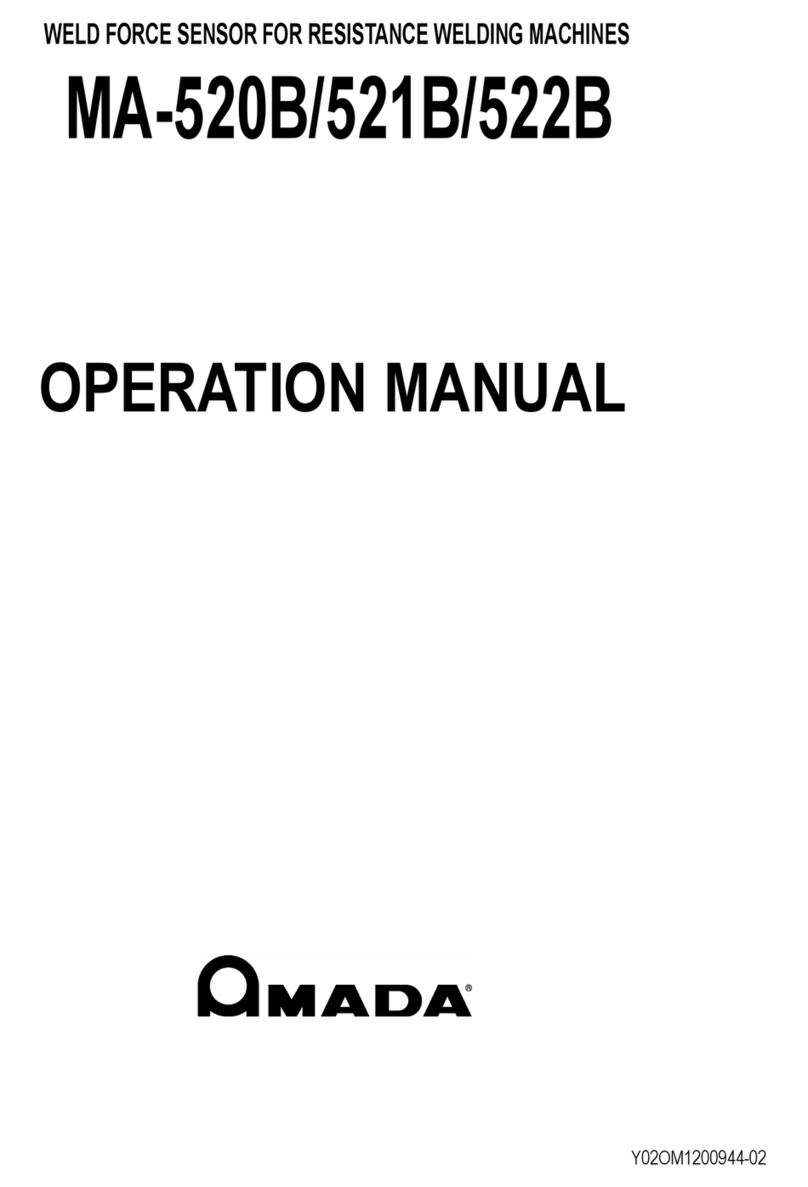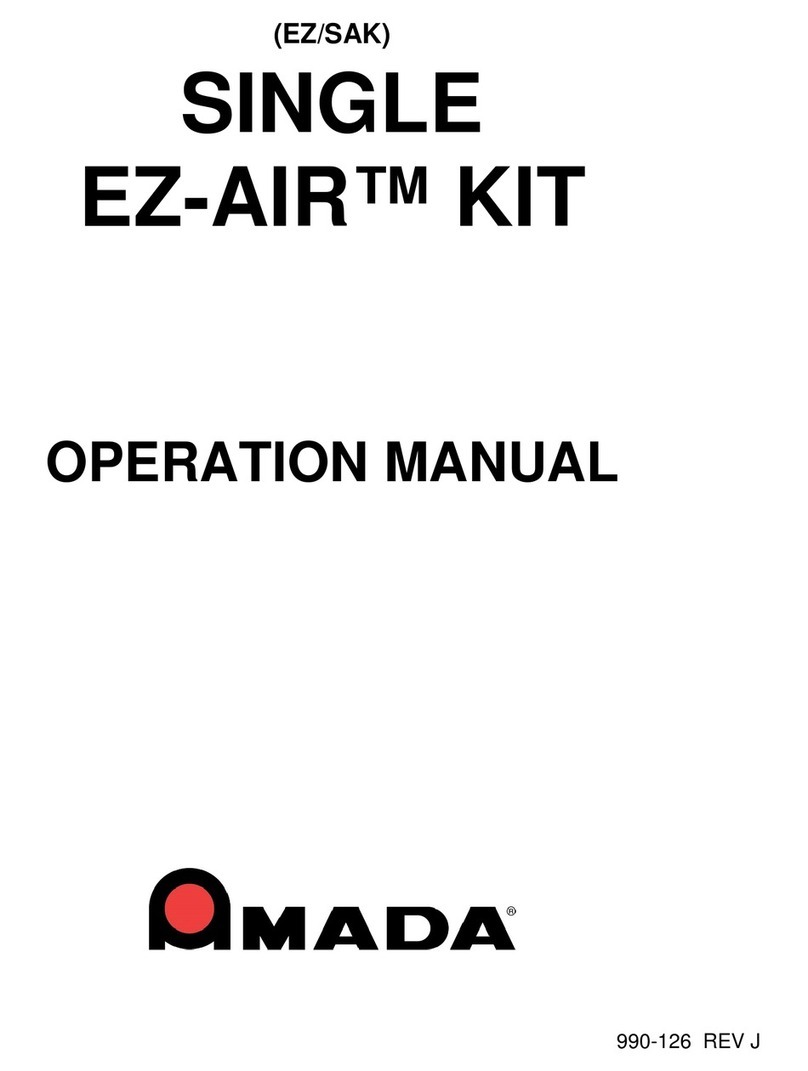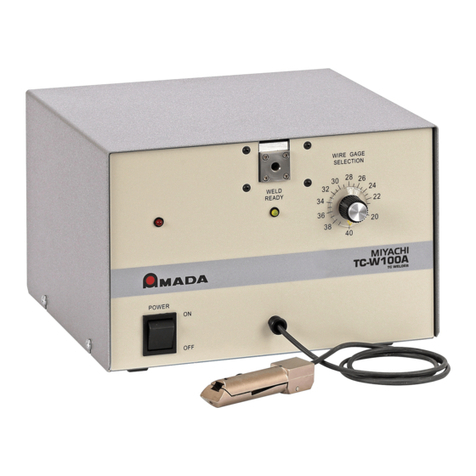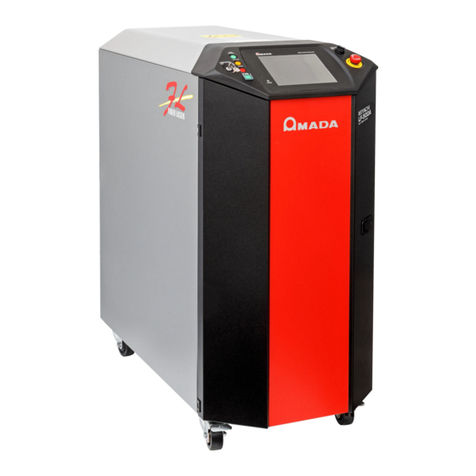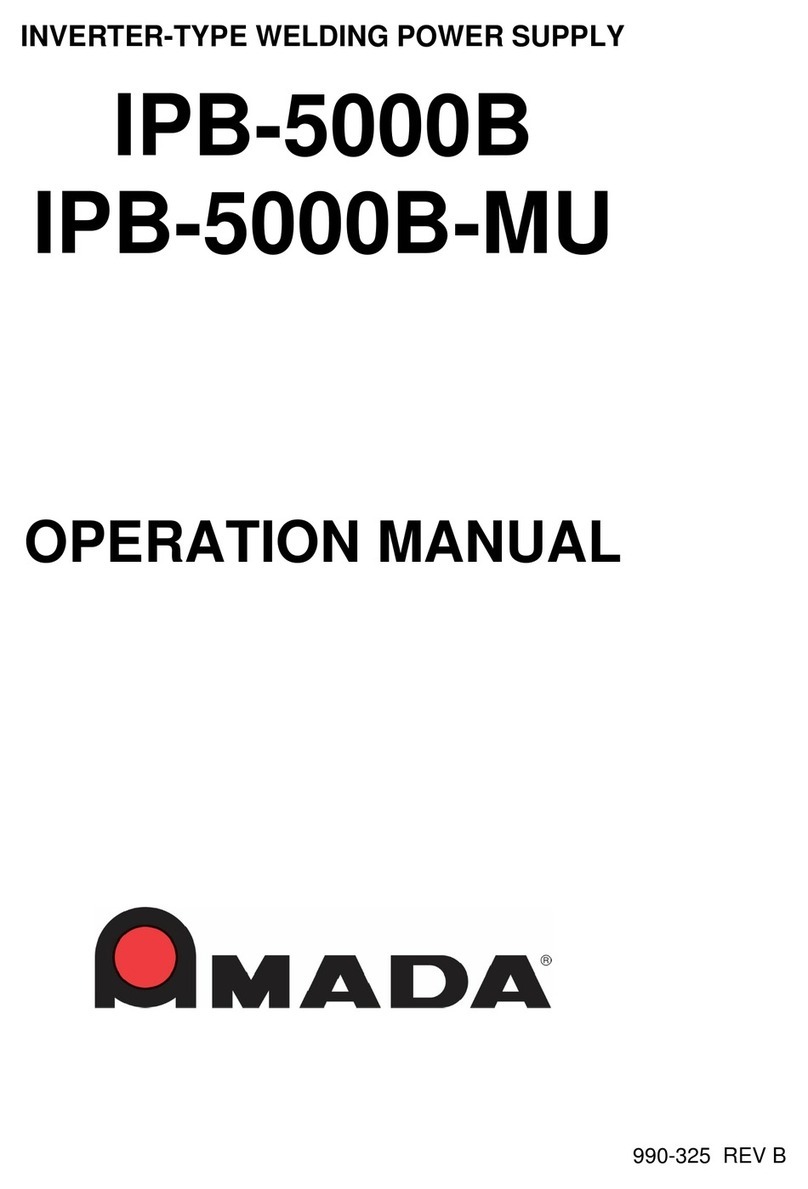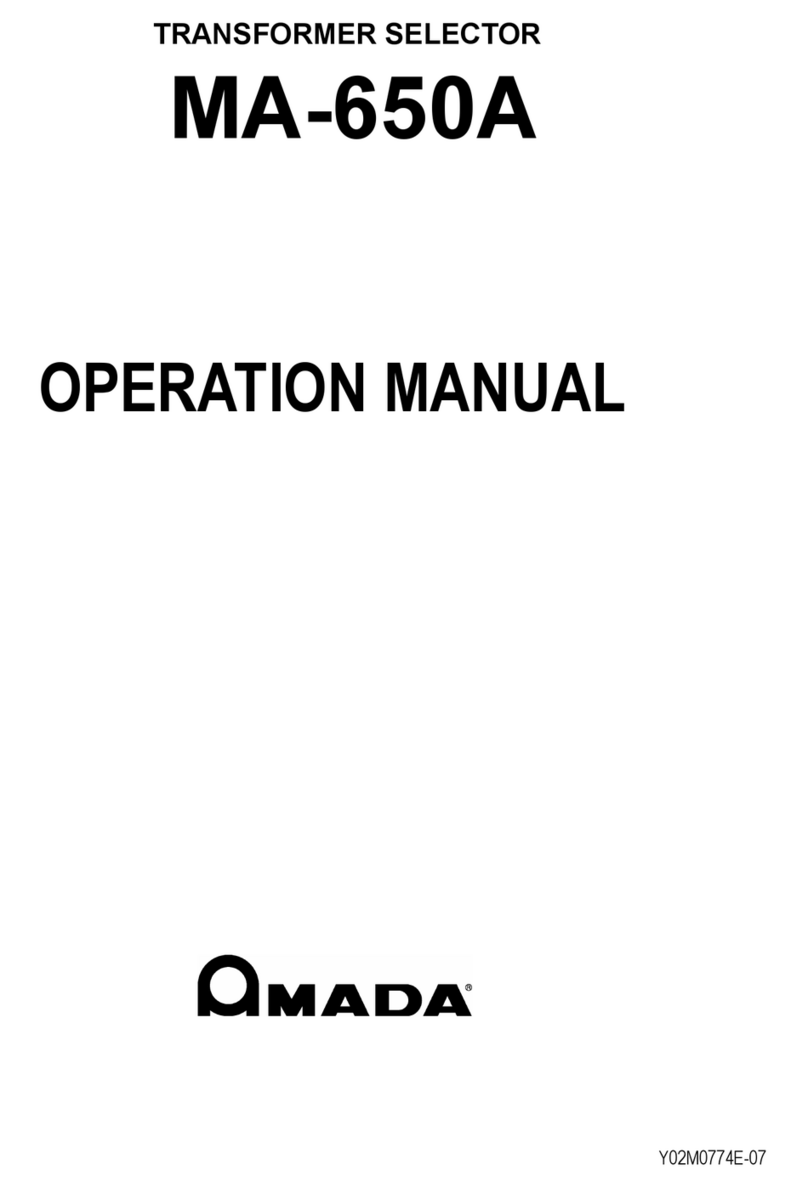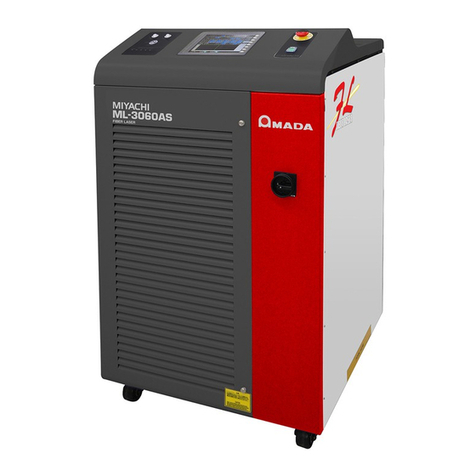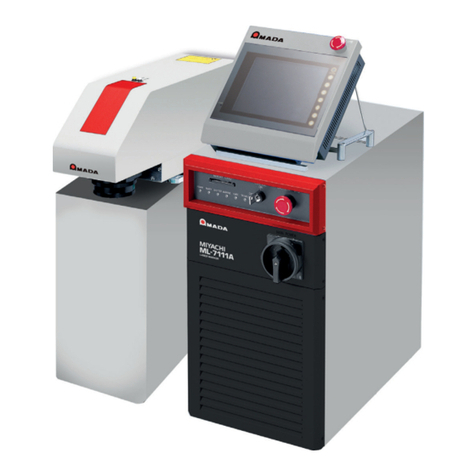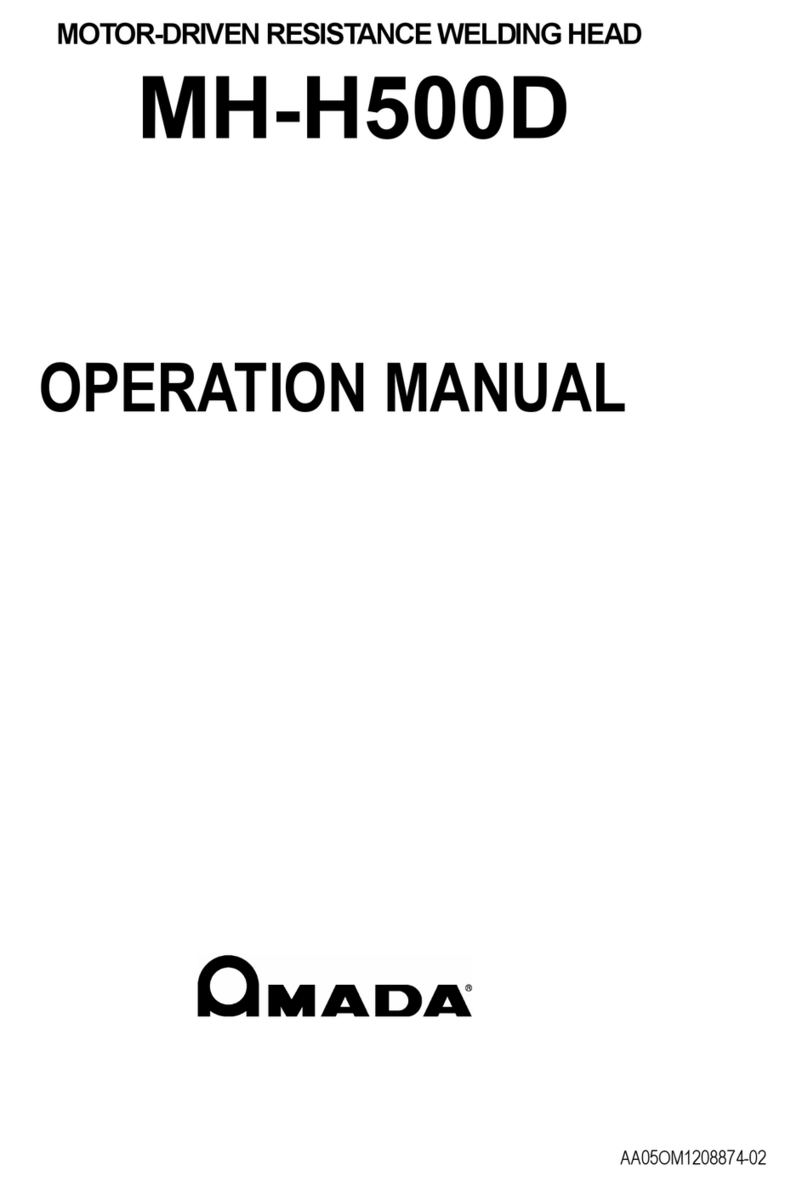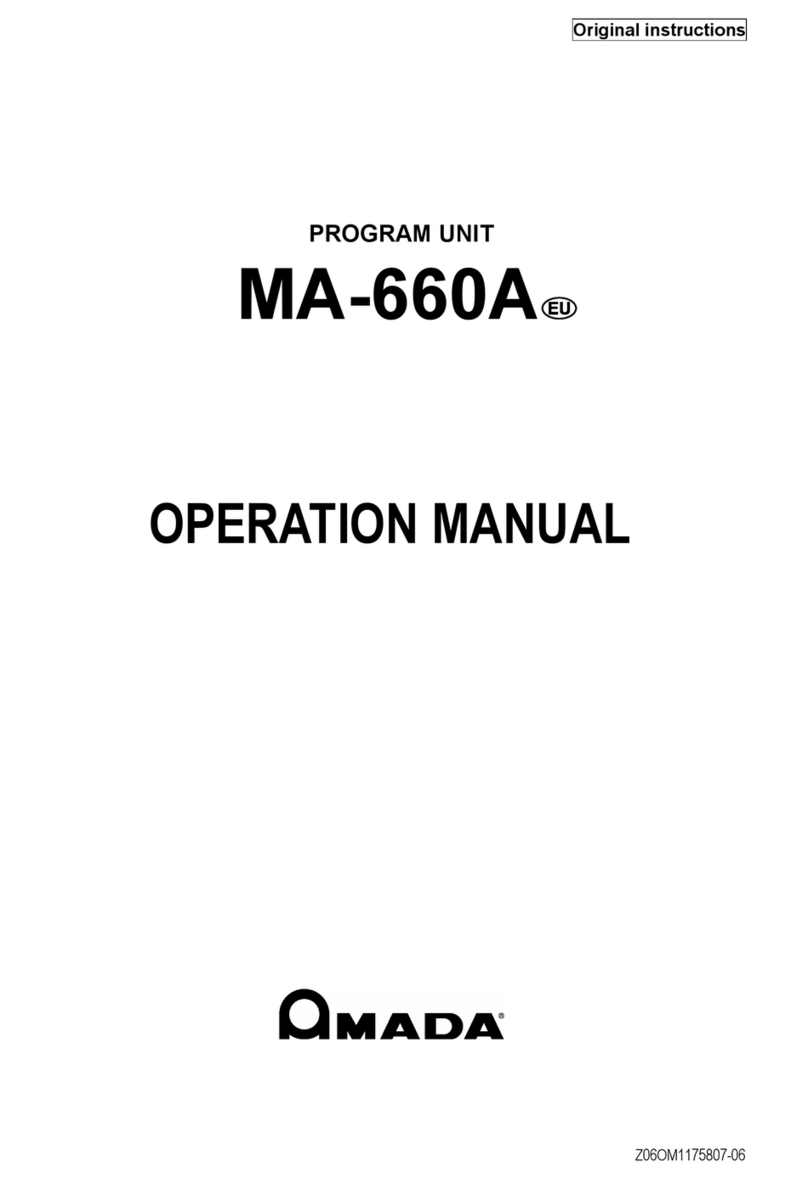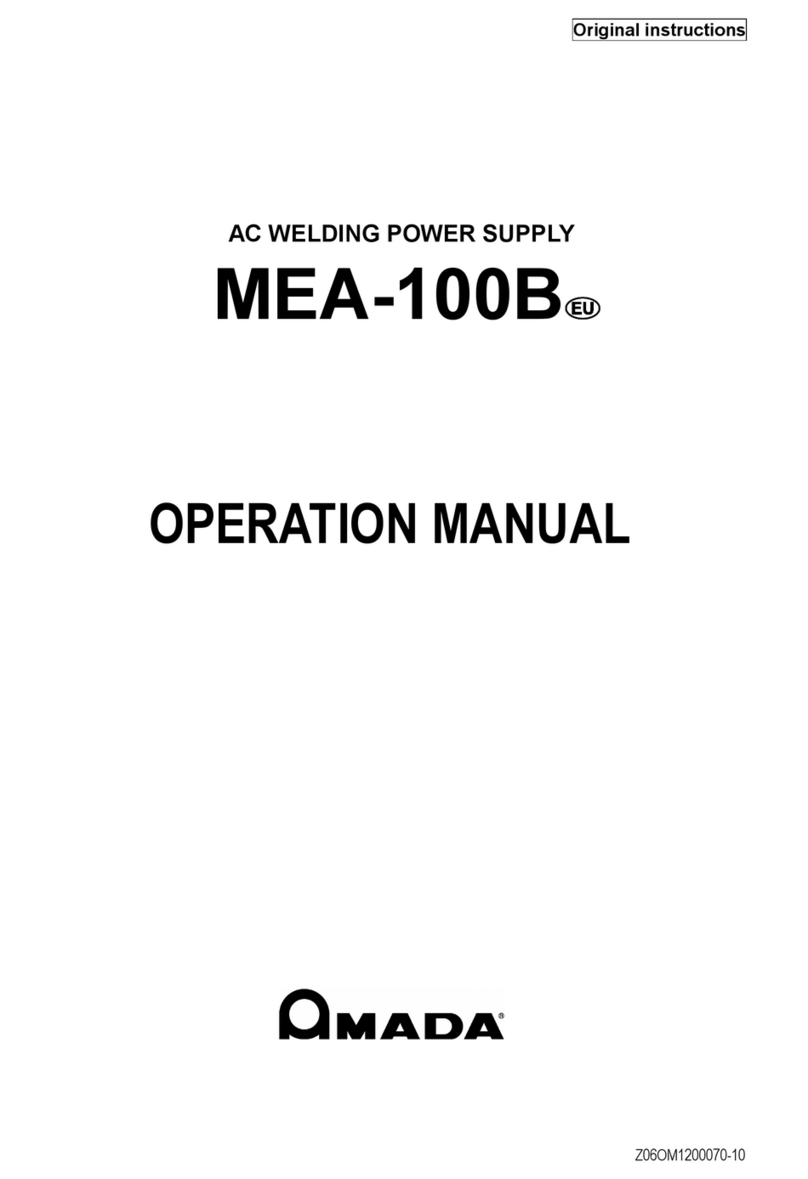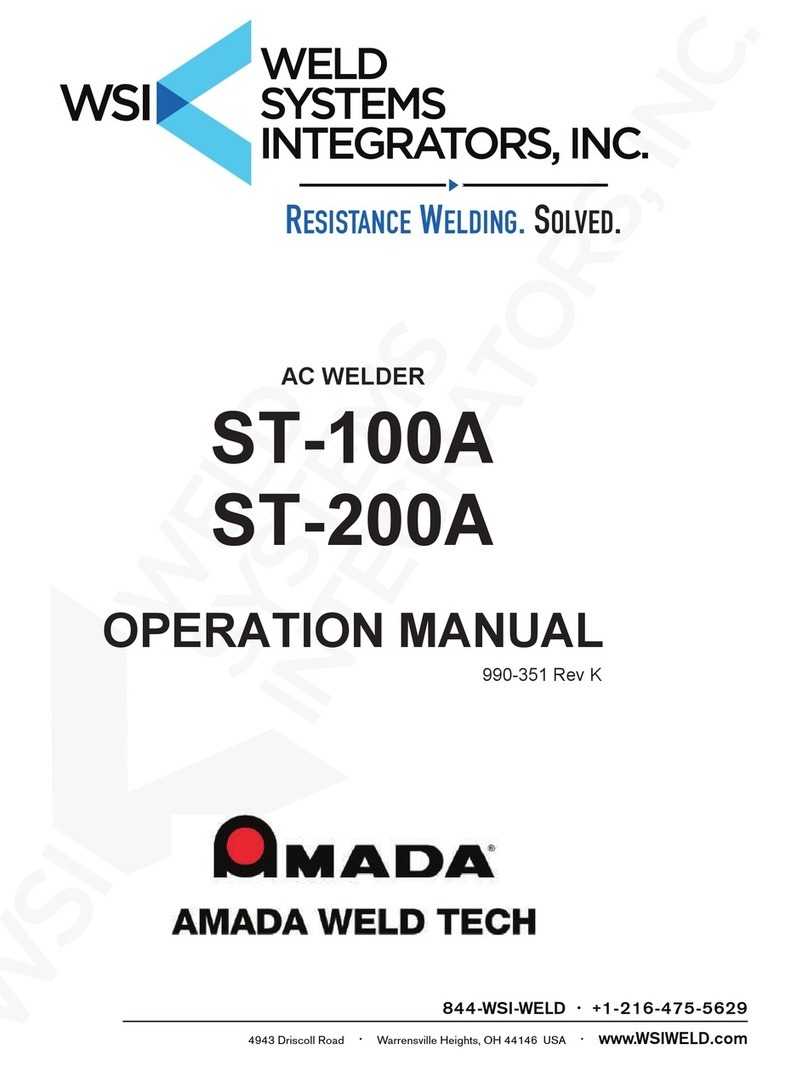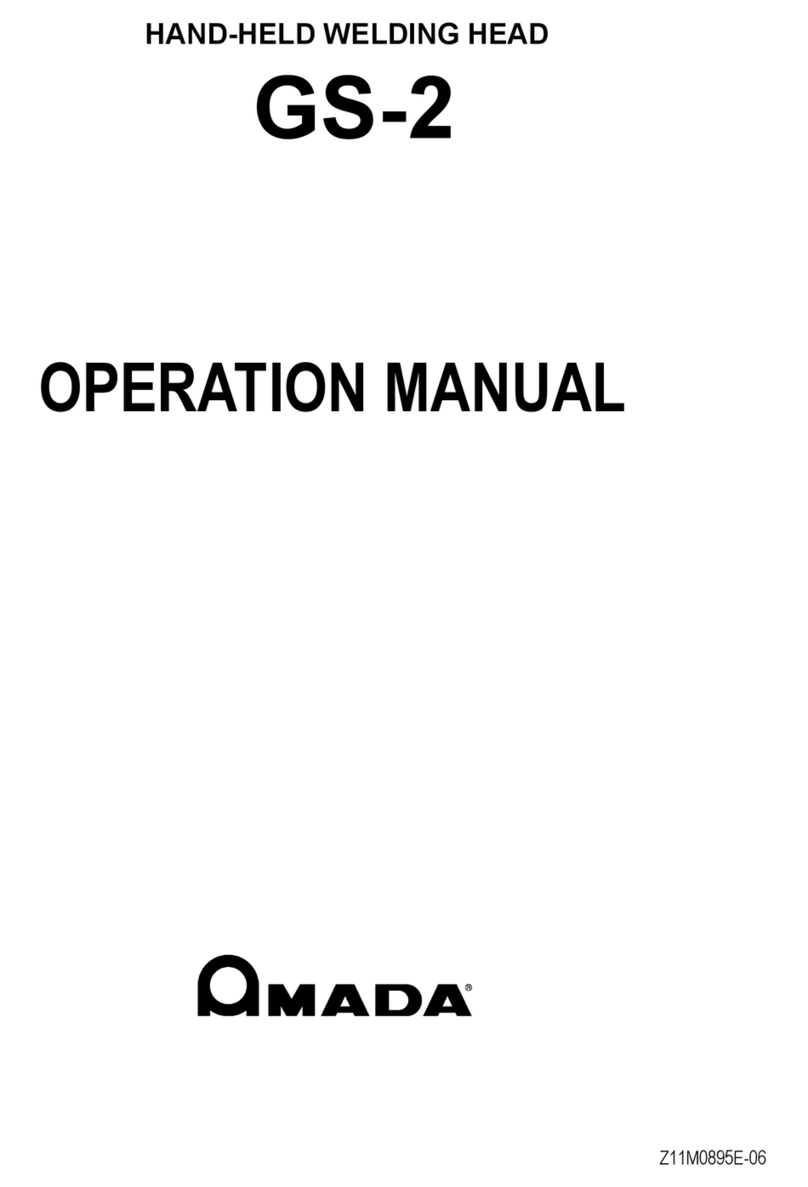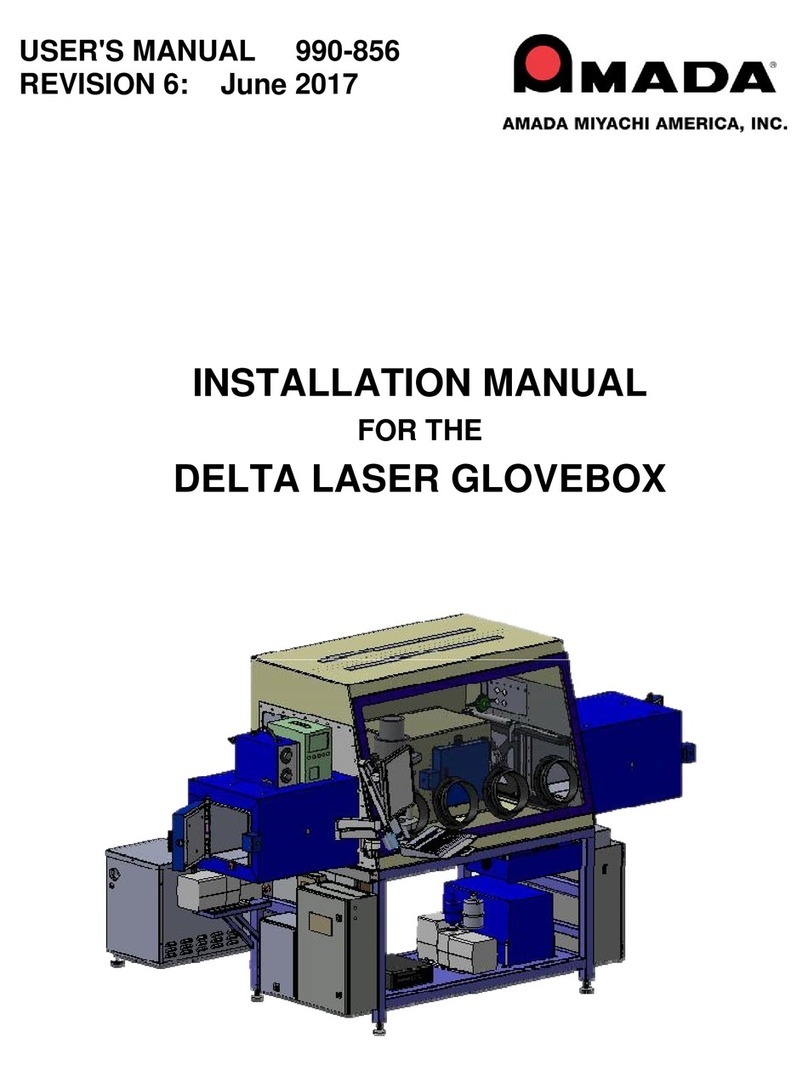
2. Operating Precautions
6
CL-H601A
2. Operating Precautions
(1) When scanning highly reflective materials (such as gold, silver, copper, or aluminum),
be sure to contact us.
Depending on use conditions, the inside of the scanner head unit may be burnt.
(2) A person knowledgeable about laser radiation and laser systems should be
appointed as a laser safety manager.
The laser safety manager should be responsible for managing the system key
switches, providing safety instruction to laser operators, and supervising
operations.
(3) Areas in which lasers are used must be partitioned from other areas by enclosing
with fences.
These areas should be managed by a supervisor and marked with signs to
prevent entry by unauthorized personnel.
(4) The system should be used in an ambient temperature range of 15°C to 35°C and
humidity 80% RH or lower with no sudden temperature fluctuations. Avoid using the
system in the following locations.
•Locations with dust or oil mist present
•Locations subject to vibration or impact
•Locations in which chemicals are used
•Locations subject to high noise
•Locations susceptible to condensation
•Locations with high concentrations of CO2, NOx, or SOx(The ion-exchange
resin life may be reduced by exposure to CO2concentrations of 0.1% or more.)
(5) There is a risk of condensation forming on the lens surface and debris adhering if the
ambient temperature changes suddenly such as when turning on the heating in cold
conditions. Avoid sudden temperature fluctuations. There is a likelihood that
condensation has formed if the output decreases during initial operation. Stop using
the system immediately, and check the lens surface if there is a likelihood of
condensation.
(6) The exterior of the system should be wiped clean using a soft or moist cloth. If the
exterior is particularly dirty, wipe clean using diluted detergent or alcohol.
(7) Do not drop foreign objects such as screws inside the system, as this may result in
failure of the system.
(8) Operate the system as described in the attached Operation Manual.
(9) Do not turn off the power switch of the laser control unit while a computer is
connected to the laser control unit.
(10) If a computer is connected, it will continue to access the memory card for about 15
seconds after going offline. During this time, do not turn off the power switch of the
laser control unit.
(11) If a computer is connected, never disconnect the LAN cable before turning off the
power switch of the laser control unit.
